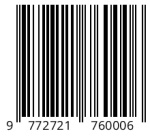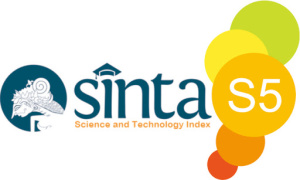Perancangan Film Animasi 2D Cerita Rakyat Bali “Balapan Menjangan Dan Siput”
DOI:
https://doi.org/10.5281/zenodo.7170835Abstract
The influence of globalization and technological advances has caused Indonesian folklore which is full of positive values and moral values that have begun to erode. The small selection of Indonesian folklore animated films on Youtube causes children to have no choice so they watch foreign movies and imitate bad things. This study aims to make a 2-dimensional animated film with the theme of Indonesian folklore. The folklore raised is the Balinese folklore of The Menjangan Race and the Snail version of Made Taro. This folklore contains moral messages such as respecting and respecting others, staying away from haughtiness, and teaching about the law of cause and effect. The results of testing media experts obtained results as many as 80% agreed to an attractive animation display, as many as 80% stated that they agreed to good video quality in this animated film, as many as 80% stated that the clarity of dialogue was good in this animated film. This 2-dimensional animated film succeeds in conveying the moral message contained in the Balinese folklore Of Balap Menjangan and Siput, and can be well received by children aged 8-12 years.
Downloads
Downloads
Published
Issue
Section
License
Authors who publish with the Jurnal Manajemen dan Teknologi Informasi agree to the following terms:
1. Authors retain copyright and grant the journal the right of first publication with the work simultaneously licensed under a Creative Commons Attribution License (CC BY-SA 4.0) that allows others to share the work with an acknowledgment of the work's authorship and initial publication in this journal.
2. Authors are able to enter into separate, additional contractual arrangements for the non-exclusive distribution of the journal's published version of the work (e.g., post it to an institutional repository or publish it in a book), with an acknowledgment of its initial publication in this journal.
3. Authors are permitted and encouraged to post their work online (e.g., in institutional repositories or on their website) prior to and during the submission process, as it can lead to productive exchanges, as well as earlier and greater citation of published work. (See The Effect of Open Access) .





















